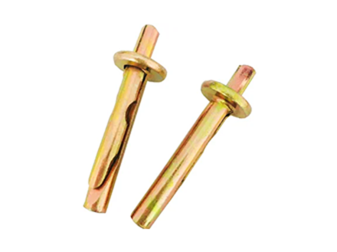Lis . 13, 2024 14:55 Back to list
types of clamps in fixtures
Types of Clamps in Fixtures
In the world of manufacturing and assembly, the importance of efficient clamping cannot be overstated. Clamps are crucial components in fixtures, serving the purpose of holding workpieces securely in place during various operations such as machining, welding, and assembly. The choice of clamp can significantly affect the precision, efficiency, and overall quality of the manufacturing process. Below are several types of clamps commonly used in fixtures.
1. C-Clamps
C-clamps, one of the most widely recognized types of clamps, feature a C-shaped frame with a screw mechanism. They are versatile and can be used for a variety of applications, including woodworking and metalworking. The adjustable screw allows for a firm grip on the workpiece, making C-clamps suitable for operations where a strong, stable hold is needed. However, they can be less efficient in high-volume manufacturing due to slower setup times compared to more specialized clamps.
2. Toggle Clamps
Toggle clamps are designed for quick and easy clamping and unclamping actions. They use a lever mechanism that allows users to apply significant clamping force with minimal effort. This type of clamp is ideal for repetitive operations, such as assembly lines, where time savings are critical. Toggle clamps come in various models, including vertical and horizontal configurations, each suited to different tasks and types of fixtures.
Pneumatic clamps utilize compressed air for quick and powerful clamping actions. They are increasingly popular in automated systems, such as robotic assembly lines, where speed and repeatability are essential. These clamps can reduce cycle times significantly, providing a high degree of efficiency. However, they require an air supply and more complex control systems, which may be a consideration for some operations.
types of clamps in fixtures

4. Vacuum Clamps
Vacuum clamps are especially useful for holding flat or odd-shaped workpieces in place. By creating a vacuum seal between the workpiece and the fixture, these clamps provide a stable hold without the need for mechanical fasteners. They are commonly found in CNC machining and woodworking applications, where delicate materials might be damaged by traditional clamping methods. The setup can be more complex, as it requires a reliable vacuum source.
5. Band Clamps
Band clamps are flexible and adjustable, making them ideal for securing irregularly shaped objects or assemblies. They use a band of material, often made of nylon or rubber, which can be tightened around an object to hold it in place. Band clamps are commonly used in applications such as gluing and assembling furniture or cabinetry, where an even distribution of pressure is crucial.
6. Spring Clamps
Spring clamps are simple, lightweight, and easy to operate, making them ideal for temporary holding requirements. They leverage the tension of a spring to apply clamping force, which allows for quick positioning and removal. While they are less suitable for high-torque applications, spring clamps can be invaluable in tasks that require fast and frequent adjustments, such as in hobbyist projects or light manufacturing.
Conclusion
Understanding the various types of clamps used in fixtures is essential for ensuring optimal performance in manufacturing and assembly processes. Each clamp type has its unique advantages and is suited to specific applications. By selecting the right clamp, manufacturers can enhance productivity, improve quality, and reduce the risk of damaging materials, ultimately leading to more successful operations. As machining technologies continue to evolve, so too will the design and functionality of clamps, providing new solutions for the challenges faced in modern manufacturing.


